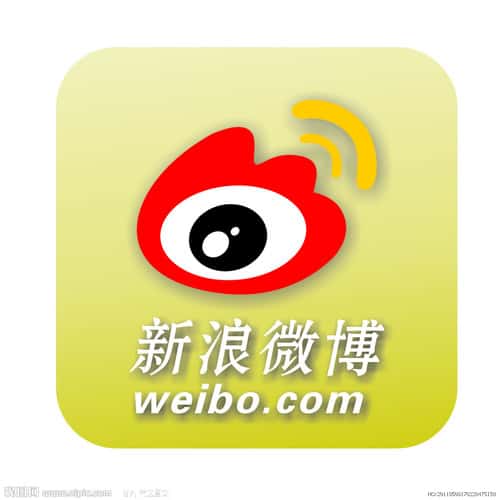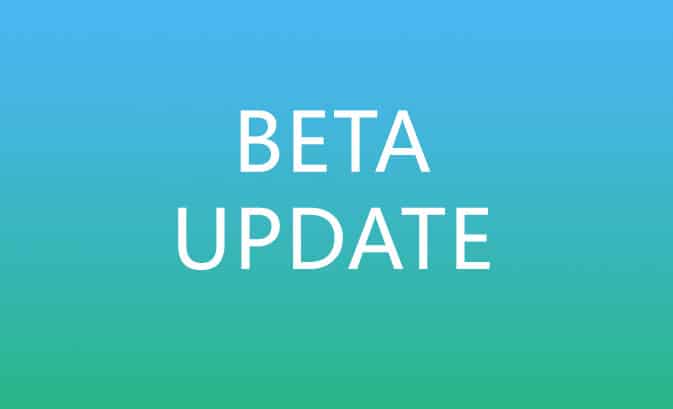Still too many people outside of China are wondering whether or not to join Weibo, China’s number one micro-blogging site. Why? Probably because they’ve heard – and I had too – a lot of (false) things about Weibo. Accusing it of being just a Twitter-copy for instance… Wrong. Weibo is a lot more than that, than just a wall. One of my favorite feature is being able to chat with my followers and getting to know each other. What a great way to build a community.
Besides, Weibo is a fascinating source of information from the people living and shaping, China. This also makes it a great way to learn Chinese, straight from the source. Read on to get onboard and learn our favorite ways to effectively learn Chinese on Weibo!
First, let’s create an account on Weibo. Ready for this Weibo account creation step-by-step tutorial?
First step: Create an account on Weibo
Take it cool for this first step. It’s quite easy.
Press the big green button
Go to http://weibo.com and click on the big green button that will get you on China’s number one social network. Pretty soon, Weibo will become your best micro-blogging website!
Good job! Next up is the sign-up screen and that is where things start getting hairy. If you’re not fluent in Chinese.
Getting the right sign-up form
As you can see (from the icon on the left) ,this sign-up form is for mobiles. Chinese mobiles. So, if you’re not living in China but still want to use Weibo (and we really recommend you do!), you have to switch to the email-based sign up form. See the first mandatory field? It says: 手机号码 [ shǒujī hàomǎ]. Here, you’re supposed to enter your phone number. If you don’t have a Chinese mobile phone number, the line below’s for you. It says: 没有手机?[Méi yǒu shǒujī? = don’t have a cell phone?] and gives you the option to go on using your email instead : 用邮箱注册 [yòng yóuxiāng zhùcè] Click on this. It’ll load a new sign up form, which looks like this:
Yay ! There’s a little “mail” icon now instead of a phone!
Time to fill in the form!
Here’s your translation cheat code to kill that “form”boss:
- 邮箱:yóuxiāng = email
- 设置密码:shèzhì mìmǎ = password
- 昵称:xìngbié = nickname
- 姓名:xìngmíng = name and surname, but you don’t have to necessarily fill that field
- 护照:hùzhào = passport, but you also don’t have to enter that information if you don’t want to.
- 验证码 : yànzhèng mǎ = captcha
You’re (almost) in!
Yep, you did it. That wasn’t so difficult, was it? Great job so far. One last step, and you’ll be ready to go to your interface to browse, interact and chat. In Chinese. First, just for fun, let’s see what that big sentence in orange meant:
The sentence was: 马上激活邮件,完成注册吧! Mǎshàng jīhuó yóujiàn, wánchéng zhùcè ba ! 马上 : mǎshàng = at once, immediately 激活 : jīhuó = to activate 邮件 : yóujiàn = email 完成 : wánchéng = complete 注册 : zhùcè = to register 吧 : ba = interjection
Ok, so, this says: once you click on the activation link you received by email, your registration will be complete. Oops, a wild boss appeared ;). To go to your email, click the big yellow button. Got the email, clicked on the link? Congratulations, you are now officially on Weibo, China’s number one micro-blogging community. Pretty soon, you’ll discover just how incredibly active this community of Chinese-speakers is and your Chinese speaking skills will take off in no time!
You’re in! Just tell us about yourself first
First things first, though. It’s time to talk a bit about yourself. See, I choose shanghaiparisny as my Nickname. It’s just a test account for this tutorial though, so if you’d like to follow me on Weibo, look for Ninchanese ;).
If you already know some Chinese, you will probably recognise some of the terms usually used to introduce yourself. These terms are pretty standard registration form vocabulary, so they’ll also come in in the future. Let’s fill the hell out of this form! Upload your picture first. Done with that? Good. Here’s some vocab to help with the rest:
- 昵称 : nìchēng = nickname
- 性别 : xìngbié = sex
- 情感状态 : qínggǎn zhuàngtài = emotional status
- 单身: dānshēn = single
- 暗恋中:ànliànzhōng = secretely in love
- 暧昧中: àimèizhōng = it’s complicated
- 恋爱中: Liànàizhōng = in love
- 订婚: dìnghūn = engaged
- 结婚 : jiéhūn = married
- 分居: fēnjū = separated
- 离异: líyì = divorced
- 所在地 : suǒzàidì= location If you’re in China, select the province and city you live in. Otherwise, you can choose “其地” (qídì) which pretty much means “nowhere” or “elsewhere”.
- 学校 : xuéxiào = school Enter the school you went to and what year you graduated. If you didn’t go to school in China, select “其地“ again. Your choices will then be pretty limited so go with whatever pleases you.
- 公司 : gōngsī = company.
Fill in all the mandatory fields. On the side of each field, you’ll be asked to select how visible you want this information to be. Choose from:
- 所有人可见: suǒyǒu rén kějiàn = everyone
- 我关注的人可见: wǒ guān zhùderén kějiàn = you’re concerned about who sees this = only those you approve
- 仅自己可见 : jǐn zìjǐ kějiàn = only you
To continue, click on the yellow arrow. The one that says 下一步 [xiàyībù], which means…next step.
Let Weibo get to know you
This is step 2 out of 3 – almost done!. In this step, Weibo would like to know you a bit better. All you have to do is choose a few of your interests, at least one. Choose whatever you like, the pictures are pretty self-explanatory.
Click on that big button one last time… And that’s it. You’re on Weibo !
There’s a lot more to discover on Weibo, but this is already a good start. Enjoy your time on Weibo! And be sure to lookfor us! Our nickname is Ninchanese 🙂
The Nincha Team!
title photo credit: bfishadow via photopin
Ninchanese is a great new app where you’ll have fun learning Chinese. We’re still working on it, so sign up to be invited to the beta when we launch! And stay in touch with us on Facebook, Twitter, Google + and Weibo.






1 comment
Join the conversationPingback: Chinese sites: Discover China's digital landscape - Ninchanese
Comments are closed.